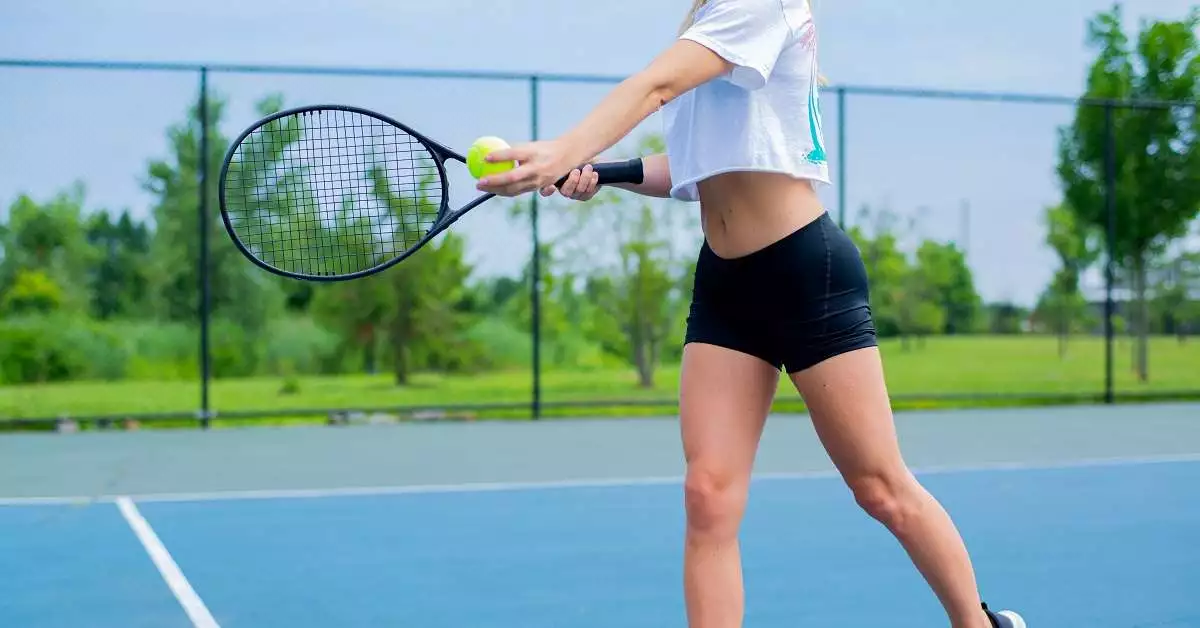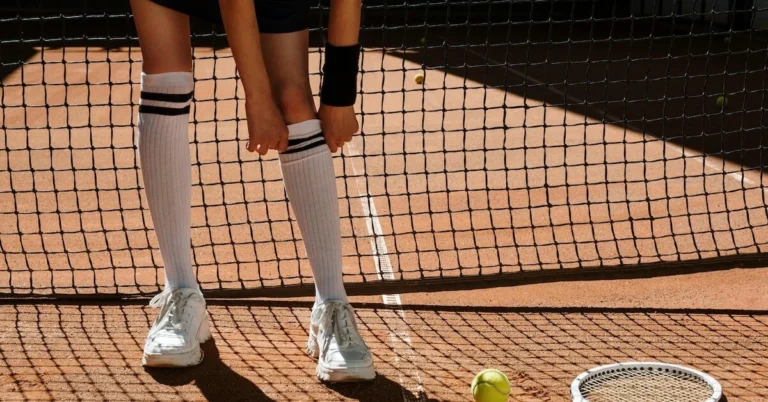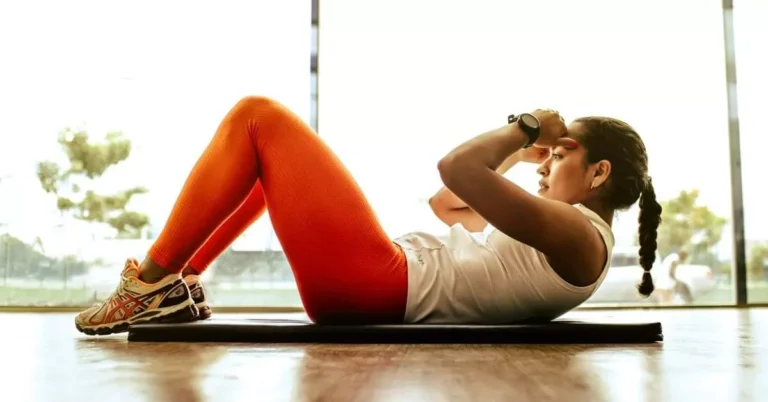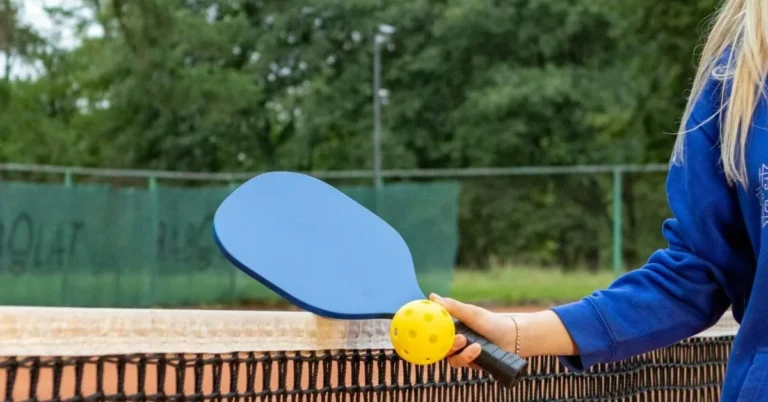If you’re looking for a fun and low-impact alternative to traditional tennis, you might want to consider trying soft tennis. Soft tennis is a sport that is similar to traditional tennis, but with some key differences that make it a great option for people of all ages and skill levels. One of the main benefits of soft tennis is that it is played with a softer and lighter ball, which means that it puts less strain on your joints and muscles.
It is also played on smaller courts, which makes it easier to play in smaller spaces and requires less running around. This can be a great option for people who are just getting started with tennis or who have limited mobility. Additionally, soft tennis is a popular sport in Japan and has been gaining popularity in other countries as well. There are many health benefits associated with playing soft tennis, including improved cardiovascular health, better coordination and balance, and reduced stress levels.
Pro:
✅ best all-rounder ✅ stability ✅ high support
Con:
❌ maybe you need some time to get used to it
What is Soft Tennis
Soft tennis is a sport that is similar to traditional tennis, but with a few key differences. It is a non-contact sport that is played on a smaller court with soft, low-compression balls. The game is typically played on a court that is 36 feet long and 18 feet wide, which is smaller than a traditional tennis court. The net is also lower than in traditional tennis, at 3 feet 6 inches high.
Soft tennis originated in Japan in 1884 and has been gaining popularity in other countries as well. A special racket and ball were developed, and the game became known as soft tennis. It is most popular in Japan, where it comprises roughly 40% of the tennis played.
The rules of soft tennis are similar to traditional tennis, but there are some differences. For example, in soft tennis, the ball must bounce once before it can be hit. The scoring system is the same as tennis, but the rules and equipment used are different.
The equipment used in soft tennis is also different from traditional tennis. It is played with softer and lighter equipment, including a softer ball and lighter, more loosely strung rackets. The ball used in soft tennis is made of foam rubber and is larger than a traditional tennis ball.
Soft tennis is a great alternative to traditional tennis for people who want to enjoy the sport without the risk of injury. The soft, low-compression balls used in soft tennis are less likely to cause injury than traditional tennis balls. Additionally, the smaller court size and lower net height make it easier for beginners to learn the game.
Differences Between Soft Tennis and Traditional Tennis
Soft tennis and traditional tennis are similar in many ways, but there are also some notable differences between the two sports.
Balls
One of the most obvious differences is the type of ball used. Soft tennis balls are made of a soft, inflatable material that is easier to hit and control than the heavier, harder balls used in traditional tennis. This makes soft tennis a great option for beginners or those who have trouble with the heavier balls used in traditional tennis.
Rackets
Another major difference between soft tennis and traditional tennis is the type of racket used. Soft tennis rackets are typically lighter and more loosely strung than traditional tennis rackets. This makes them easier to maneuver and swing, which can be especially helpful for beginners who are still learning how to hit the ball.
Court
Soft tennis and traditional tennis are both played on a court, but there are some differences in the dimensions of the court. Soft tennis courts are slightly smaller than traditional tennis courts, measuring 12.8 meters long and 6.1 meters wide compared to the standard 23.77 meters long and 8.23 meters wide of traditional tennis. Additionally, the net in soft tennis is lower than in traditional tennis, measuring just 0.8 meters high at the center.
Health and Fitness Benefits of Soft Tennis
Soft tennis is a low-impact sport that provides numerous health and fitness benefits. In this section, we will explore the physical and mental health benefits of playing soft tennis.
Physical Health Benefits
Playing soft tennis is an excellent form of exercise that can help improve your overall physical health. It is an aerobic activity that can burn calories and improve your cardiovascular health. According to the CDC, moderate-intensity aerobic activity, such as playing soft tennis, can help reduce the risk of chronic diseases such as heart disease, diabetes, and obesity.
Soft tennis also provides a great workout for your muscles. It can help improve muscular endurance, muscular strength, and core strength. Additionally, it can help improve your balance, coordination, and flexibility. Regular soft tennis play can also help improve bone density and blood flow, which can help reduce the risk of osteoporosis and other musculoskeletal conditions.
Mental Health Benefits
In addition to the physical health benefits, playing soft tennis can also have positive effects on your mental health. Soft tennis can be a great stress reliever and can help improve your mood. It provides an opportunity to socialize with others and can help improve your self-confidence.
Playing soft tennis can also help improve your cognitive function. It requires quick decision-making and can help improve your reaction time. Additionally, it can help improve your brain function and memory.
Soft Tennis for Different Ages and Abilities
Soft tennis is an excellent alternative to traditional tennis for players of all ages and abilities. It is a non-contact sport that is played on a smaller court with soft, low-compression balls. This makes it easier for beginners to learn the basics of the game and for experienced players to improve their accuracy and control.
If you are a beginner, soft tennis is a great way to get started with the sport. The smaller court size means that there is less ground to cover, making it easier to get to the ball. Additionally, the soft balls are easier to hit and control, which can help build confidence and improve your technique. Soft tennis is also a great way to improve your fitness and coordination, as you will be moving around the court and hitting the ball with precision.
For individuals of all ages, soft tennis is a fun and engaging way to stay active and healthy. It is a low-impact sport that is easy on the joints, making it a great option for seniors or individuals with injuries. The smaller court size and soft balls also make it easier to play for longer periods of time without getting tired or fatigued.
If you are an experienced player, soft tennis can provide a new challenge and help you improve your skills. The smaller court size and soft balls require more precision and accuracy, which can help you develop better control and technique. Soft tennis is also a great way to work on your footwork and movement around the court, as you will need to be quick and agile to get to the ball.
Playing Formats of Soft Tennis
Soft tennis can be played in both singles and doubles formats, just like traditional tennis. In singles, two players play against each other, while in doubles, four players play in two teams of two.
The matches in soft tennis are usually played as best of three or best of five sets. A set is won by the player or team that wins six games, with a margin of at least two games. If the score is tied at 5-5, the set continues until one player or team wins by two games.
Each game in soft tennis is played in a similar way to traditional tennis, with the player or team serving and the other player or team returning the ball. The scoring system is also the same, with points awarded as 15, 30, 40, and game.
One key difference between soft tennis and traditional tennis is the size of the court. Soft tennis is played on a smaller court, with a width of 11 meters and a length of 18 meters. This makes the game faster and more dynamic, with shorter rallies and more intense action.
Another difference is the equipment used in soft tennis. Soft tennis balls are softer and lighter than traditional tennis balls, which makes them easier to hit and control. The rackets used in soft tennis are also lighter and more flexible, which allows for greater maneuverability and precision.
Techniques and Skills in Soft Tennis
Playing soft tennis requires a different set of techniques and skills than traditional tennis. The smaller court size and lighter ball require players to be more agile and quick on their feet. It is important to focus on footwork and positioning, as well as developing good hand-eye coordination.
One of the key techniques in soft tennis is the serve. Unlike traditional tennis, players are allowed to serve underhand in soft tennis. This allows for a greater variety of serves and can make it more difficult for opponents to return the ball. It is important to practice your serve to ensure accuracy and consistency.
Another important skill in soft tennis is agility. The smaller court size and lighter ball mean that players need to be able to move quickly and change direction easily. This requires good footwork and the ability to react quickly to your opponent’s shots.
Strength is also important in soft tennis, particularly in your arms and shoulders. The lighter rackets used in soft tennis mean that players need to generate more power with their swings to hit the ball with enough force to win points.
Finally, good positioning is crucial in soft tennis. Because the court is smaller, players need to be able to anticipate their opponent’s shots and move into the correct position to return the ball. This requires good spatial awareness and the ability to read your opponent’s movements.
Global Presence and Popularity of Soft Tennis

Soft tennis has gained significant popularity worldwide, especially in Asia, where it is played primarily in countries such as Japan, Taiwan, South Korea, India, Thailand, and the Philippines. The game has also gained traction in Europe, with countries such as Belgium, the Netherlands, Poland, Hungary, and the United Kingdom all having active soft tennis federations. Soft tennis was first developed in Japan in the early 1960s as a way to make tennis more accessible to schools and other recreational facilities.
In recent years, soft tennis has gained popularity as an alternative to traditional tennis due to its unique features. Soft tennis uses a foam ball and a racket with a smaller head than regular tennis rackets. The court size is also smaller, making it easier for beginners to learn and play the game. Soft tennis is also less physically demanding than traditional tennis, making it ideal for people of all ages and fitness levels.
In the United States, soft tennis is gaining popularity in cities and communities where traditional tennis is not widely available. Soft tennis is also gaining popularity in Peru, where it is being introduced as a way to promote a healthy lifestyle and encourage physical activity among youth.
Equipment
Rackets
The rackets are designed to be lighter and more flexible than traditional tennis rackets. They are usually made of aluminum or graphite and have a smaller head size. The strings are also strung at a lower tension, which allows for more power and control.
Balls
Soft tennis balls are lighter and softer than traditional tennis balls. They are usually made of rubber and have a lower bounce. The softer ball allows for longer rallies and more control.
Court Size
The court size is smaller than traditional tennis. The court is 12.8 meters long and 6.4 meters wide for singles matches, and 12.8 meters long and 8 meters wide for doubles matches. The smaller court size allows for more intense and faster-paced matches.
Net Height
The net height in soft tennis is lower than traditional tennis. The net is 0.8 meters high at the center and 0.6 meters high at the edges. The lower net height allows for more aggressive shots and more challenging play.
Footwear
Soft tennis is usually played on a hard court surface, so it is important to wear shoes with good traction. Shoes with non-marking soles are recommended to avoid damaging the court surface.
FAQ
What are the differences between soft tennis and traditional tennis?
Soft tennis is a variant of tennis that uses a soft, inflatable ball and a lighter, more loosely strung racket. The game is played on a court of two halves, separated by a net, with the same objective as traditional tennis: to hit the ball over the net, landing within the confines of the court, with the aim of preventing one’s opponent from returning the ball. One of the main differences between soft tennis and traditional tennis is the equipment used, as well as the size of the court. Soft tennis rackets are lighter and more flexible than traditional tennis rackets, and the court is smaller.
What are the benefits of using a soft tennis racket?
Using a soft tennis racket can have several benefits. The lighter weight and more flexible frame can help reduce the risk of tennis elbow, a common injury among tennis players. Additionally, the softer strings can help absorb shock and reduce the impact on the player’s arm. Soft tennis rackets are also easier to control, making them a good option for beginners or players with limited mobility.
What are the benefits of playing soft tennis?
Playing soft tennis can provide several benefits for your physical and mental health. It can help improve your cardiovascular health, as well as your balance, coordination, and agility. Soft tennis is also a low-impact sport, which means it is less likely to cause joint pain or other injuries. Additionally, playing soft tennis can be a fun way to socialize and meet new people.
What equipment is needed for playing soft tennis?
To play soft tennis, you will need a soft tennis racket, which is lighter and more flexible than a traditional tennis racket. You will also need a soft, inflatable ball, and a court that is smaller than a traditional tennis court. Soft tennis shoes with good grip are also recommended to help prevent slips and falls on the court.
What are your thoughts on this unique and lesser-known form of tennis, and how does it compare to traditional tennis in terms of rules, equipment, and gameplay? Have you ever played soft tennis, and if so, what was your experience like? Share your thoughts and experiences on the topic in the comments section below.







